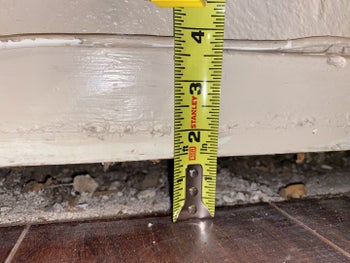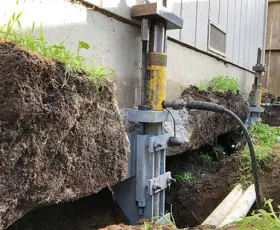A Guide to Lifting Your Home’s Foundation
Table of Contents
1. 2 Reasons For Lifting A House Foundation
2. Lifting A House Foundation With Resistance Push Piers
3. Lifting A House Foundation With Helical Piers
4. Cost Of Lifting A House Foundation
It’s not uncommon to experience home damage over time, particularly at the hands of expansive soil and foundation settlement. You may be no stranger to these issues, but it’s important to recognize symptoms and repair them right away.
One way to do this is by lifting your home’s foundation. This typically involves underpinning methods like helical piers and push piers, and it’s something best left to experienced foundation repair professionals.
In this article, we’ll cover the reasons for lifting a house foundation, how it’s done, the cost involved, and how local pros at Bay Area Underpinning can help.
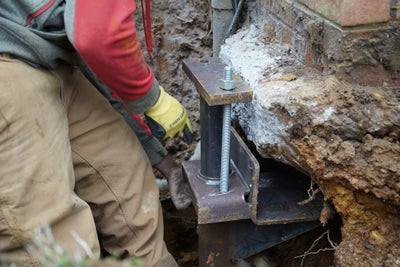
2 Reasons For Lifting A House Foundation
There are various reasons for lifting a house foundation, including:
- Working under the house or moving the home to a new location – Working under a house might include digging or expanding a basement. You also might want to lift a home to meet the required Flood Protection Elevation (FPE).
- Lifting a foundation to correct settlement – This kind of lifting – referred to as “underpinning’’ – is different from the lifting used to excavate a basement or move a house.
Let’s take a closer look at each situation.
1. Lifting A House Foundation To Work Underneath It Or To Move It
The general procedure for lifting a house foundation to either work under it or move it is as follows:
- Synchronized hydraulic jacks are put in place, lifting the building off the foundation.
- Once the building has been raised, cribbing is added. Cribbing supports the house while work is done or before moving it.
There’s no need to remove furniture and other belongings from the house because the lifting is very slow and controlled. If there are any minor issues related to the lifting – cracks, for example – they can be repaired. For more information, see FEMA’s guide: Elevating Your House.
2. Lifting A House Foundation To Correct Differential Settlement

Lifting a house foundation to correct differential settlement is not the same as lifting a house to move or work under it. Lifting a foundation to correct differential settlement is a repair method known as underpinning.
What is Differential Settlement?
A certain amount of uniform settlement is pretty common in buildings. However, differential settlement is when a building’s foundation settles into the soil unevenly. You’ll be able to tell your house is affected if you notice issues like drywall cracks, cracked bricks, uneven floors, tilting chimneys, and sticking windows and doors.
Differential settlement happens for various reasons, including expansive clay soil and soil that was inadequately prepped before construction. For more information, see our page about Foundation Settlement.
Underpinning lifts, stabilizes, and strengthens a foundation. The two most common methods of lifting a house foundation via underpinning are resistance push piers and helical piers.
Lifting A House Foundation With Resistance Push Piers
The procedure for lifting a house foundation via underpinning with resistance push piers is as follows:
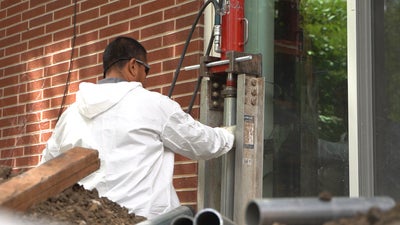
- The areas where the push piers will go are marked around the foundation.
- These areas are excavated down to the footing.
- The footing is notched so that it’s flush with the foundation wall.
- Steel brackets are attached to the footing.
- The piers are pushed into the ground until they hit load-bearing soil.
- Synchronized hydraulic jacks lift the foundation back up.
- The holes are filled.
Lifting A House Foundation With Helical Piers
Helical piers look something like giant corkscrews and are most commonly used for new construction projects. However, they’re sometimes used for underpinning existing foundations. The installation procedure is as follows:

- The areas where the helical piers will go are marked around the foundation.
- These areas are excavated down to the footing.
- The footing is notched so that it’s flush with the foundation wall.
- The helical piers are turned into the ground while the pressure and torque are monitored.
- Once the piers are in place, synchronized hydraulic jacks lift the foundation.
- The holes are filled.
Cost Of Lifting A House Foundation
The cost of lifting a house foundation depends on various factors, including:
- The reason the house is being lifted – Is it being raised to work under it? To move it? To underpin it using push piers or helical piers?
- Where you live – Costs can vary quite a bit according to region.
- Size of the house – It will cost more to lift a large house than a small one.
- Foundation type – The three most common foundation types are slab, basement, and crawl space.
The only way to know for sure how much it costs to lift a foundation – for moving, excavating a basement, underpinning, or some other reason – is to call an experienced foundation repair professional like Bay Area Underpinning for an inspection and estimate. Most contractors will do an inspection for free and then write up a repair estimate.
Lifting a house foundation might mean lifting the foundation to work under it to dig a basement, move the house to a new location, and stabilize the house via underpinning.
At Bay Area Underpinning, we don’t move houses to a new location. However, if you’re in our service area in Northern California and your home is experiencing foundation settlement that might require underpinning, contact us today for a free inspection and estimate.
More Resources
Disclaimer: “Concrete leveling” means the process by which cracked, uneven concrete is stabilized, and in most cases lifted, by means of PolyRenewal™ polyurethane foam. Bay Area Underpinning does not guarantee that PolyRenewal™ can make any and/or every square inch of your concrete perfectly level.
Publish Date:
Last Modified Date:
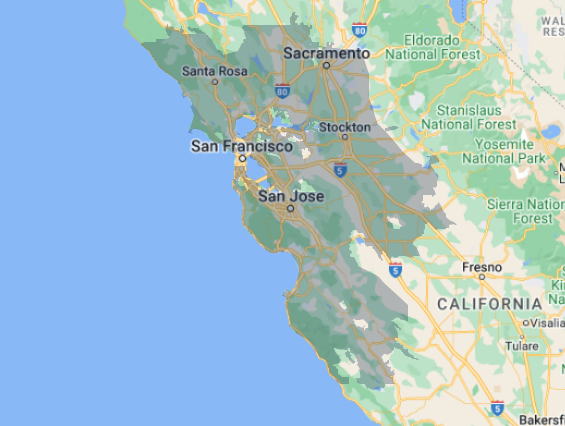
Our Locations
2333 Courage Dr. Suite C
Fairfield, CA 94533
1161 N Fair Oaks Ave
Sunnyvale, CA 94089


